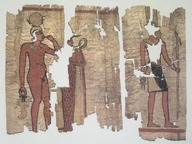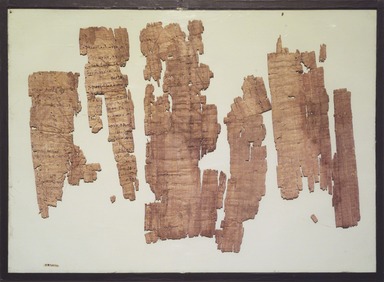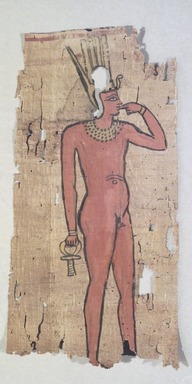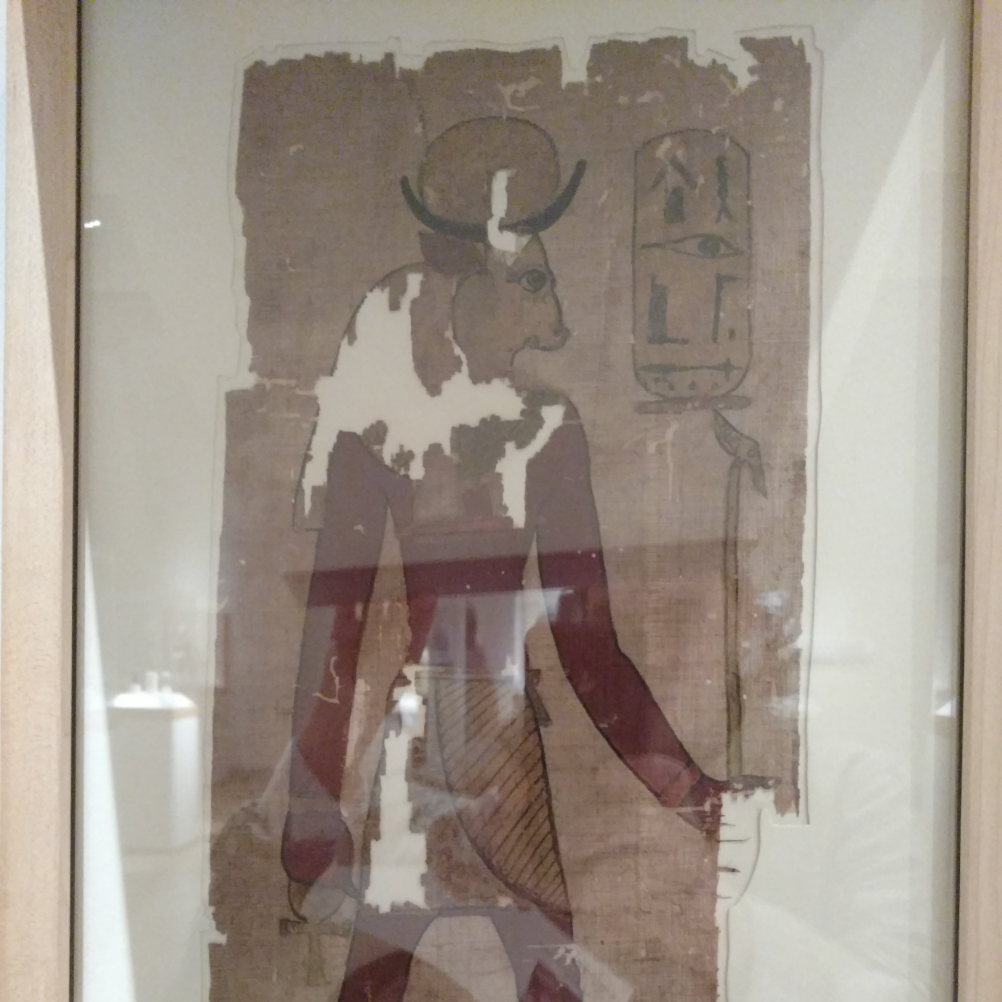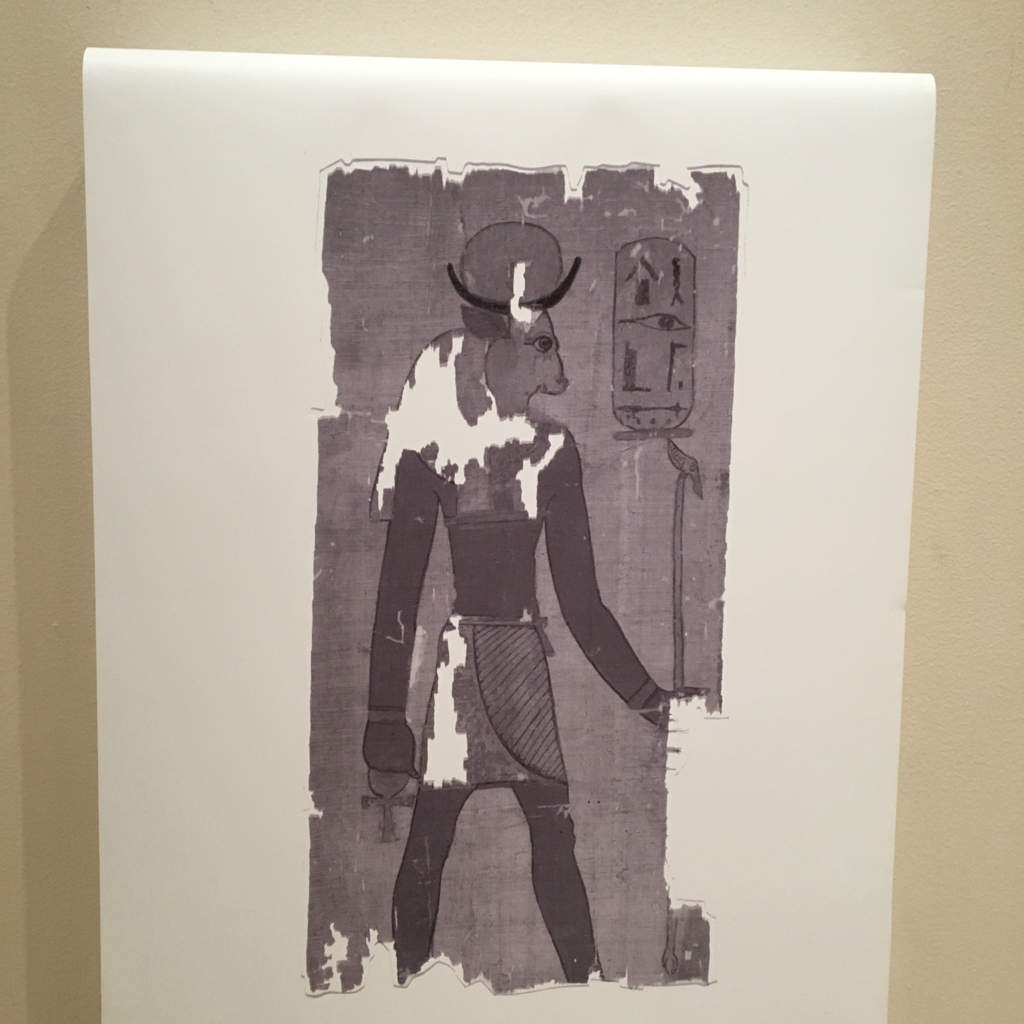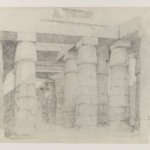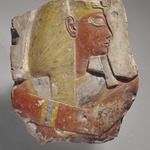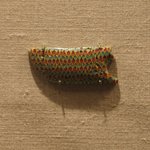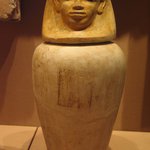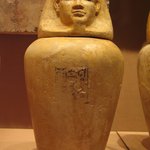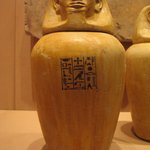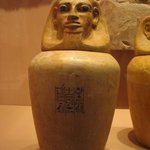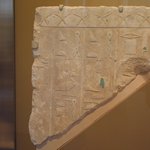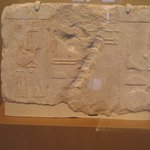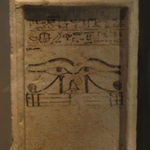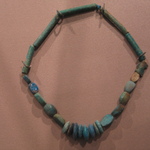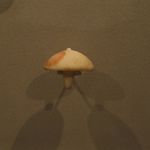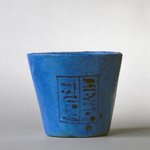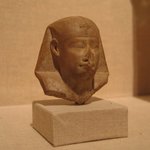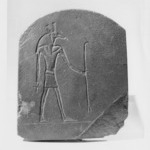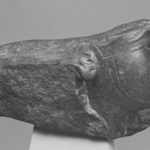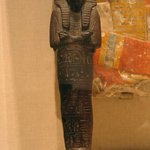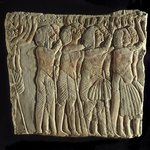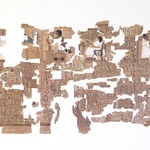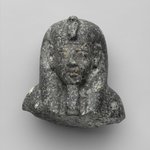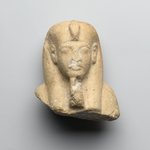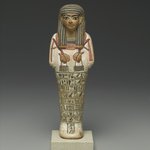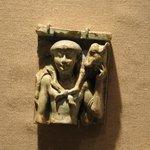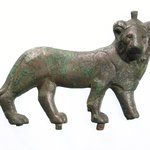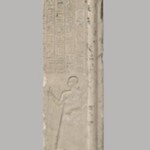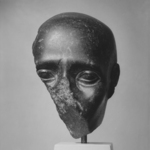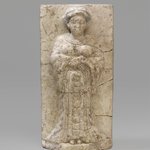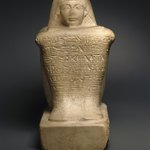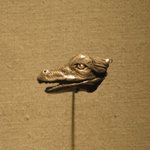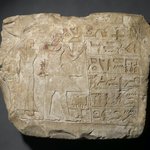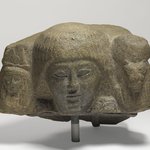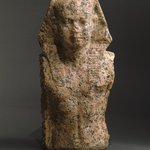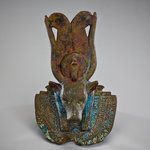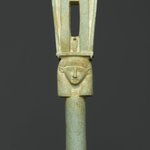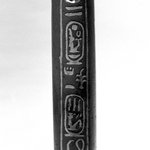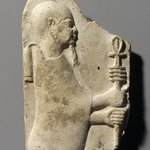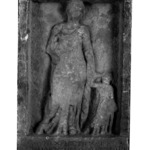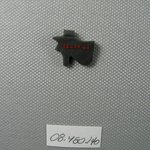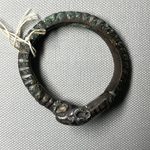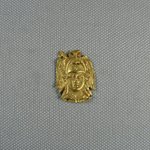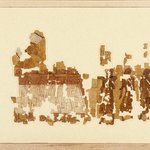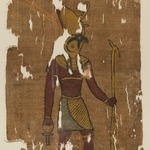

Illustrated Papyrus, 4th–3rd century B.C.E. Papyrus, pigment, ink, 37.1647Ea1: 13 9/16 × 6 9/16 in. (34.5 × 16.6 cm). Brooklyn Museum, Charles Edwin Wilbour Fund, 37.1647Ea1 (Photo: Brooklyn Museum, 37.1647Ea-e_view1_cropped.jpg)
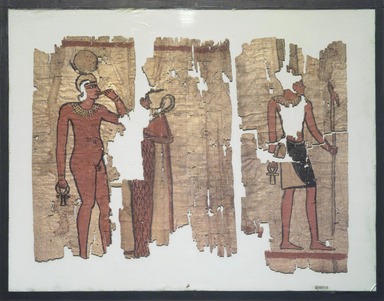
Illustrated Papyrus, 4th–3rd century B.C.E. Papyrus, pigment, ink, 37.1647Ea1: 13 9/16 × 6 9/16 in. (34.5 × 16.6 cm). Brooklyn Museum, Charles Edwin Wilbour Fund, 37.1647Ea1 (Photo: Brooklyn Museum, 37.1647Ea-e_view1.jpg)
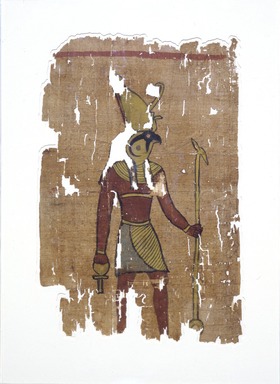
Illustrated Papyrus, 4th–3rd century B.C.E. Papyrus, pigment, ink, 37.1647Ea1: 13 9/16 × 6 9/16 in. (34.5 × 16.6 cm). Brooklyn Museum, Charles Edwin Wilbour Fund, 37.1647Ea1 (Photo: Brooklyn Museum, 37.1647Ea-e_detail2_SL4.jpg)

Illustrated Papyrus, 4th–3rd century B.C.E. Papyrus, pigment, ink, 37.1647Ea1: 13 9/16 × 6 9/16 in. (34.5 × 16.6 cm). Brooklyn Museum, Charles Edwin Wilbour Fund, 37.1647Ea1 (Photo: Brooklyn Museum, 37.1647Ea-e_detail1_SL4.jpg)
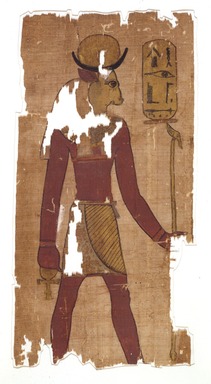
Illustrated Papyrus, 4th–3rd century B.C.E. Papyrus, pigment, ink, 37.1647Ea1: 13 9/16 × 6 9/16 in. (34.5 × 16.6 cm). Brooklyn Museum, Charles Edwin Wilbour Fund, 37.1647Ea1 (Photo: Brooklyn Museum, 37.1647Ea-e_detail3_SL4.jpg)

Illustrated Papyrus, 4th–3rd century B.C.E. Papyrus, pigment, ink, 37.1647Ea1: 13 9/16 × 6 9/16 in. (34.5 × 16.6 cm). Brooklyn Museum, Charles Edwin Wilbour Fund, 37.1647Ea1 (Photo: Brooklyn Museum, CUR.37.1647Ea-e_wwg8.jpg)
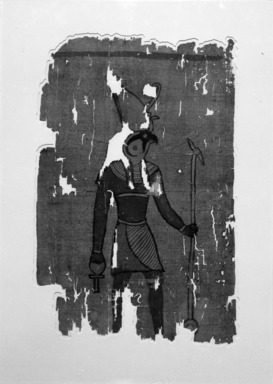
Illustrated Papyrus, 4th–3rd century B.C.E. Papyrus, pigment, ink, 37.1647Ea1: 13 9/16 × 6 9/16 in. (34.5 × 16.6 cm). Brooklyn Museum, Charles Edwin Wilbour Fund, 37.1647Ea1 (Photo: Brooklyn Museum, 37.1647Ea_negA_bw_IMLS.jpg)
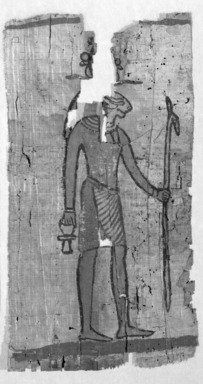
Illustrated Papyrus, 4th–3rd century B.C.E. Papyrus, pigment, ink, 37.1647Ea1: 13 9/16 × 6 9/16 in. (34.5 × 16.6 cm). Brooklyn Museum, Charles Edwin Wilbour Fund, 37.1647Ea1 (Photo: Brooklyn Museum, 37.1647Ea_negA2_bw_IMLS.jpg)

Illustrated Papyrus, 4th–3rd century B.C.E. Papyrus, pigment, ink, 37.1647Ea1: 13 9/16 × 6 9/16 in. (34.5 × 16.6 cm). Brooklyn Museum, Charles Edwin Wilbour Fund, 37.1647Ea1 (Photo: Brooklyn Museum, 37.1647Eb_negA_bw_IMLS.jpg)

Illustrated Papyrus, 4th–3rd century B.C.E. Papyrus, pigment, ink, 37.1647Ea1: 13 9/16 × 6 9/16 in. (34.5 × 16.6 cm). Brooklyn Museum, Charles Edwin Wilbour Fund, 37.1647Ea1 (Photo: Brooklyn Museum, 37.1647Eb_negB_bw_IMLS.jpg)

Illustrated Papyrus, 4th–3rd century B.C.E. Papyrus, pigment, ink, 37.1647Ea1: 13 9/16 × 6 9/16 in. (34.5 × 16.6 cm). Brooklyn Museum, Charles Edwin Wilbour Fund, 37.1647Ea1 (Photo: Brooklyn Museum, 37.1647Ec_negA_bw_IMLS.jpg)
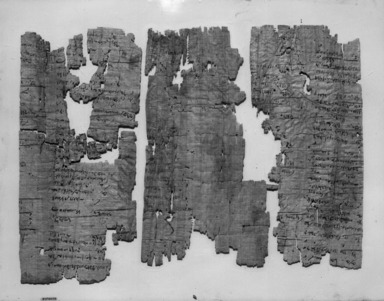
Illustrated Papyrus, 4th–3rd century B.C.E. Papyrus, pigment, ink, 37.1647Ea1: 13 9/16 × 6 9/16 in. (34.5 × 16.6 cm). Brooklyn Museum, Charles Edwin Wilbour Fund, 37.1647Ea1 (Photo: Brooklyn Museum, 37.1647Ec_negB_bw_IMLS.jpg)
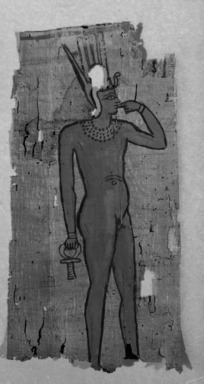
Illustrated Papyrus, 4th–3rd century B.C.E. Papyrus, pigment, ink, 37.1647Ea1: 13 9/16 × 6 9/16 in. (34.5 × 16.6 cm). Brooklyn Museum, Charles Edwin Wilbour Fund, 37.1647Ea1 (Photo: Brooklyn Museum, 37.1647Ed-1_negA_bw_IMLS.jpg)

Illustrated Papyrus, 4th–3rd century B.C.E. Papyrus, pigment, ink, 37.1647Ea1: 13 9/16 × 6 9/16 in. (34.5 × 16.6 cm). Brooklyn Museum, Charles Edwin Wilbour Fund, 37.1647Ea1 (Photo: Brooklyn Museum, 37.1647Ed-1_negB_bw_IMLS.jpg)

Illustrated Papyrus, 4th–3rd century B.C.E. Papyrus, pigment, ink, 37.1647Ea1: 13 9/16 × 6 9/16 in. (34.5 × 16.6 cm). Brooklyn Museum, Charles Edwin Wilbour Fund, 37.1647Ea1 (Photo: Brooklyn Museum, 37.1647Ed-2_negA_bw_IMLS.jpg)

Illustrated Papyrus, 4th–3rd century B.C.E. Papyrus, pigment, ink, 37.1647Ea1: 13 9/16 × 6 9/16 in. (34.5 × 16.6 cm). Brooklyn Museum, Charles Edwin Wilbour Fund, 37.1647Ea1 (Photo: Brooklyn Museum, 37.1647Ed-2_negB_bw_IMLS.jpg)
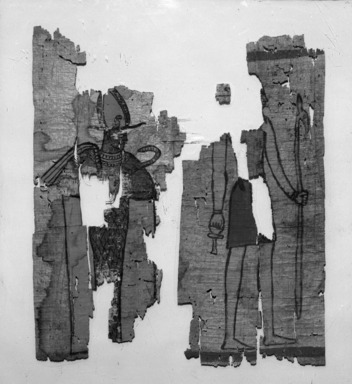
Illustrated Papyrus, 4th–3rd century B.C.E. Papyrus, pigment, ink, 37.1647Ea1: 13 9/16 × 6 9/16 in. (34.5 × 16.6 cm). Brooklyn Museum, Charles Edwin Wilbour Fund, 37.1647Ea1 (Photo: Brooklyn Museum, 37.1647Ee_negA_bw_IMLS.jpg)

Illustrated Papyrus, 4th–3rd century B.C.E. Papyrus, pigment, ink, 37.1647Ea1: 13 9/16 × 6 9/16 in. (34.5 × 16.6 cm). Brooklyn Museum, Charles Edwin Wilbour Fund, 37.1647Ea1 (Photo: Brooklyn Museum, 37.1647Ee_negB_bw_IMLS.jpg)
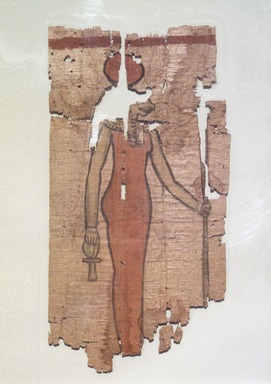
Illustrated Papyrus, 4th–3rd century B.C.E. Papyrus, pigment, ink, 37.1647Ea1: 13 9/16 × 6 9/16 in. (34.5 × 16.6 cm). Brooklyn Museum, Charles Edwin Wilbour Fund, 37.1647Ea1 (Photo: Brooklyn Museum, 37.1647Ea-e_view2.jpg)
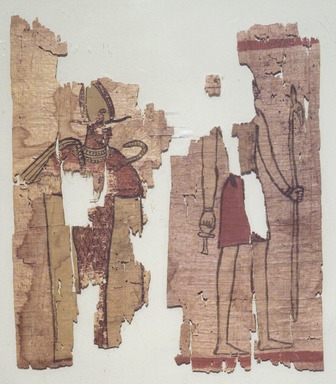
Illustrated Papyrus, 4th–3rd century B.C.E. Papyrus, pigment, ink, 37.1647Ea1: 13 9/16 × 6 9/16 in. (34.5 × 16.6 cm). Brooklyn Museum, Charles Edwin Wilbour Fund, 37.1647Ea1 (Photo: Brooklyn Museum, 37.1647Ea-e_view3_cropped.jpg)
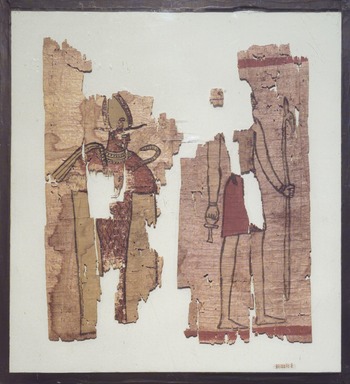
Illustrated Papyrus, 4th–3rd century B.C.E. Papyrus, pigment, ink, 37.1647Ea1: 13 9/16 × 6 9/16 in. (34.5 × 16.6 cm). Brooklyn Museum, Charles Edwin Wilbour Fund, 37.1647Ea1 (Photo: Brooklyn Museum, 37.1647Ea-e_view3.jpg)
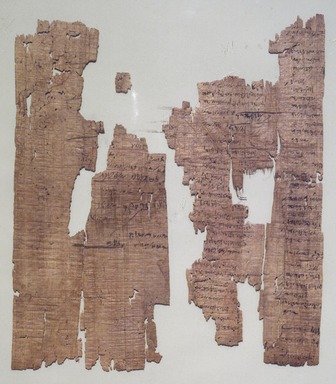
Illustrated Papyrus, 4th–3rd century B.C.E. Papyrus, pigment, ink, 37.1647Ea1: 13 9/16 × 6 9/16 in. (34.5 × 16.6 cm). Brooklyn Museum, Charles Edwin Wilbour Fund, 37.1647Ea1 (Photo: Brooklyn Museum, 37.1647Ea-e_view4_cropped.jpg)

Illustrated Papyrus, 4th–3rd century B.C.E. Papyrus, pigment, ink, 37.1647Ea1: 13 9/16 × 6 9/16 in. (34.5 × 16.6 cm). Brooklyn Museum, Charles Edwin Wilbour Fund, 37.1647Ea1 (Photo: Brooklyn Museum, 37.1647Ea-e_view4.jpg)

Illustrated Papyrus, 4th–3rd century B.C.E. Papyrus, pigment, ink, 37.1647Ea1: 13 9/16 × 6 9/16 in. (34.5 × 16.6 cm). Brooklyn Museum, Charles Edwin Wilbour Fund, 37.1647Ea1 (Photo: Brooklyn Museum, 37.1647Ea-e_view5.jpg)
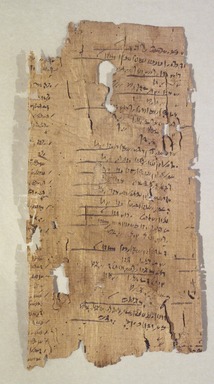
Illustrated Papyrus, 4th–3rd century B.C.E. Papyrus, pigment, ink, 37.1647Ea1: 13 9/16 × 6 9/16 in. (34.5 × 16.6 cm). Brooklyn Museum, Charles Edwin Wilbour Fund, 37.1647Ea1 (Photo: Brooklyn Museum, 37.1647Ea-e_view6.jpg)
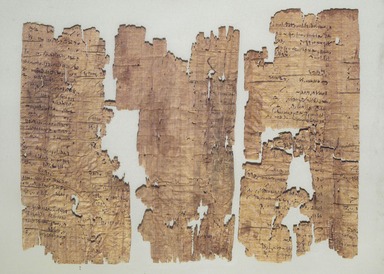
Illustrated Papyrus, 4th–3rd century B.C.E. Papyrus, pigment, ink, 37.1647Ea1: 13 9/16 × 6 9/16 in. (34.5 × 16.6 cm). Brooklyn Museum, Charles Edwin Wilbour Fund, 37.1647Ea1 (Photo: Brooklyn Museum, 37.1647Ea-e_view7_cropped.jpg)
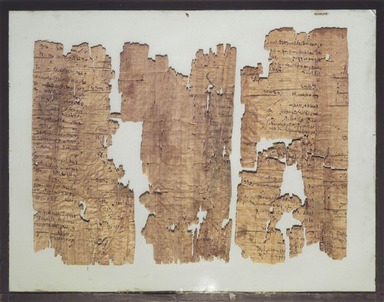
Illustrated Papyrus, 4th–3rd century B.C.E. Papyrus, pigment, ink, 37.1647Ea1: 13 9/16 × 6 9/16 in. (34.5 × 16.6 cm). Brooklyn Museum, Charles Edwin Wilbour Fund, 37.1647Ea1 (Photo: Brooklyn Museum, 37.1647Ea-e_view7.jpg)
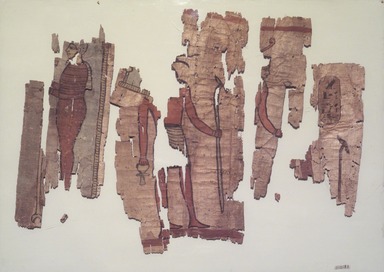
Illustrated Papyrus, 4th–3rd century B.C.E. Papyrus, pigment, ink, 37.1647Ea1: 13 9/16 × 6 9/16 in. (34.5 × 16.6 cm). Brooklyn Museum, Charles Edwin Wilbour Fund, 37.1647Ea1 (Photo: Brooklyn Museum, 37.1647Ea-e_view8.jpg)

Illustrated Papyrus, 4th–3rd century B.C.E. Papyrus, pigment, ink, 37.1647Ea1: 13 9/16 × 6 9/16 in. (34.5 × 16.6 cm). Brooklyn Museum, Charles Edwin Wilbour Fund, 37.1647Ea1 (Photo: Brooklyn Museum, 37.1647Ea-e_view9_cropped.jpg)
Illustrated Papyrus
Egyptian, Classical, Ancient Near Eastern Art
On View: 19th Dynasty to Roman Period, Martha A. and Robert S. Rubin Gallery, 3rd Floor
Because papyrus was a costly material, it was normally reserved for important documents such as administrative records and funerary literature. For the same reason, talented artists usually drew the illustrations. This crudely drawn parade of important Egyptian deities is therefore quite surprising.
